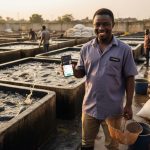World
South Africa’s GDP Declines by 51% in Q2 2020
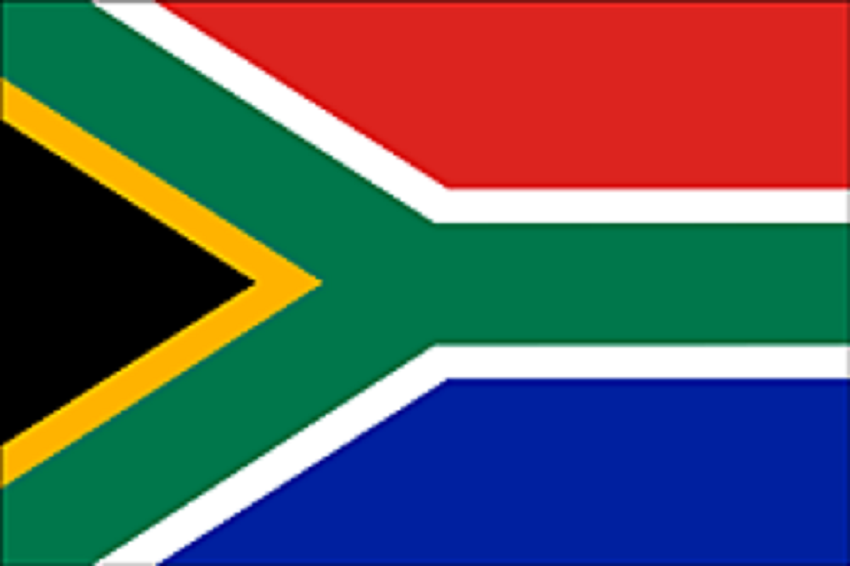
By Adedapo Adesanya
South Africa’s Gross Domestic Product (GDP) plunged by 51 per cent in the second quarter of 2020 reflecting the immense damage done by the COVID-19 lockdown on Africa’s second-largest economy.
The contraction further pushed South Africa deeper into recession, marking the fourth consecutive quarter that the country’s GDP will be in the negative territory.
The GDP slid by 2 per cent for the first quarter of 2020 following a drop of 1.4 per cent in the last quarter of 2019 and 0.6 per cent decline in Q3 2019.
In a breakdown, manufacturing contracted by 74.9 per cent in the second quarter. All 10 manufacturing divisions reported negative growth rates in the second quarter.
The divisions that made the largest contributions to the decrease were basic iron and steel, non-ferrous metal products, metal products and machinery; food and beverages; and petroleum, chemical products, rubber and plastic products, Stats SA said.
The trade, catering and accommodation industry decreased by 67.6 per cent. Decreased economic activity was reported in wholesale trade, retail trade, motor trade, catering and accommodation.
The industry was hit hard as only selected essential goods were allowed to be sold during the early stages of the lockdown. In addition, catering and accommodation establishments were severely restricted during the lockdown.
The transport, storage and communication industry decreased by 67.9 per cent. Decreases were reported for land transport, air transport and transport support services.
Mining and quarrying decreased by 73.1 per cent, contributing a 6.0 per cent slide to GDP growth. Owing to global lockdown restrictions, demand for mineral products fell, contributing to decreased production in platinum group metals (PGMs), gold, iron ore, chromium ore and coal.
Finance, real estate and business services decreased by 28.9 per cent and contributed a contraction of 5.4 to the figure. Decreases were reported for financial intermediation, insurance and pension funding, auxiliary activities and other business services.
The agriculture, forestry, and fishing industry was the only positive contributor to the country’s GDP growth, with an increase of 15.1 per cent and a contribution of 0.3 per cent to GDP growth. The increase was mainly due to increased production of field crops and horticultural and animal products.
The unadjusted real GDP at market prices for the first six months of 2020 decreased by 8.7 per cent compared with the first six months of 2019.
Already in a recession, South Africa’s economy was further hit in the second quarter of the year by the almost complete shutdown of businesses and production under high-level lockdowns, which were imposed to curb the spread of the coronavirus.
World
United States Congress Pursuing AGOA Extension
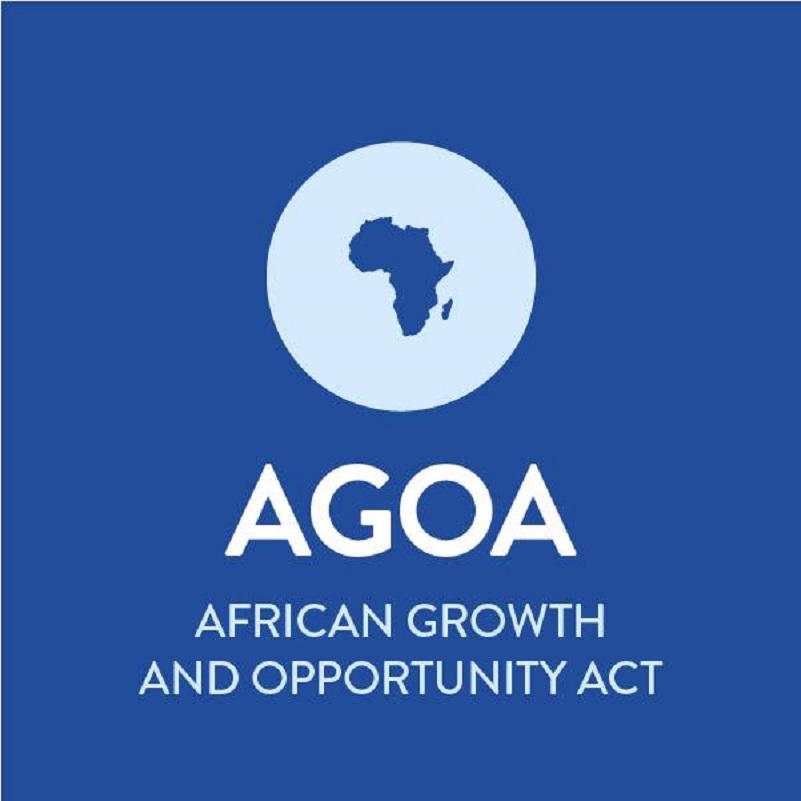
By Kestér Kenn Klomegâh
After the expiration of bilateral agreement on trade, the US Congress as well as African leaders, highly recognizing its significance, has been pursuing the extension of the African Growth and Opportunity Act (AGOA). The agreement, which allows duty-free access to American markets for African exporters, expired on September 30, 2025.
The US Congress is advancing a bill to revive and extend AGOA, but South Africa’s continued inclusion remains uncertain. The trade pact still has strong bipartisan support, with the House Ways and Means Committee approving it 37-3. However, US Trade Representative, Jamieson Greer, raised concerns about South Africa, citing tariffs and non-tariff barriers, and said the administration could consider excluding the country.
This threat puts at risk the duty-free access that has significantly benefited South African automotive, agricultural, and wine exports. The debate highlights how trade policy is becoming entangled with broader diplomatic tensions, casting uncertainty over a key pillar of US-Africa economic relations.
Nevertheless, South Africa continues to lobby for inclusion. South Africa trade summary records show that the US goods and services trade with South Africa estimated at $26.2 billion in 2024. The US and South Africa signed a Trade and Investment Framework Agreement (TIFA) as far back as in 2012.
The duty-free access for nearly 40 African countries has boosted development and fostered more equitable and sustainable growth in Africa. By design AGOA is a useful mechanism for improving accessibility to trade competitiveness, connectivity, and productivity. During these past 25 years, AGOA has been the cornerstone of US economic engagement with the countries of sub-Saharan Africa.
Key features and benefits of AGOA:
It’s worth reiterating here that during these past several years, AGOA has been the cornerstone of US economic engagement with the countries of sub-Saharan Africa. In this case, as AGOA is closely working with the African Continental Free Trade Area (AfCFTA) Secretariat and with the African Union (AU), trade professionals could primarily leverage various economic sectors and unwaveringly act as bridges between the United States and Africa.
* Duty-free Access: AGOA allows eligible products from sub-Saharan African countries to enter the US market without paying tariffs.
* Promotion of Economic Growth: The program encourages economic growth by providing incentives for African countries to open their economies and build free markets.
* Encouraging Economic Reforms: AGOA encourages economic and political reforms in eligible countries, including the rule of law and market-oriented policies.
* Increased Trade and Investment: The program aims to strengthen trade and investment ties between the United States and sub-Saharan Africa.
With the changing times, Africa is also building its muscles towards a new direction since the introduction of the African Continental Free Trade Area (AfCFTA), which was officially launched in July 2019.
In practical terms, trading under the AfCFTA commenced in January 2021. And the United States has prioritized the AfCFTA as one mechanism through which to strengthen its long-term relations with the continent. In the context of the crucial geopolitical changes, African leaders, corporate executives, and the entire business community are optimistic over the extension of AGOA, for mutually beneficial trade partnerships with the United States.
Worthy to say that AGOA, to a considerable degree, as a significant trade policy has played a crucial role in promoting economic growth and development in sub-Saharan Africa.
World
Accelerating Intra-Africa Trade and Sustainable Development
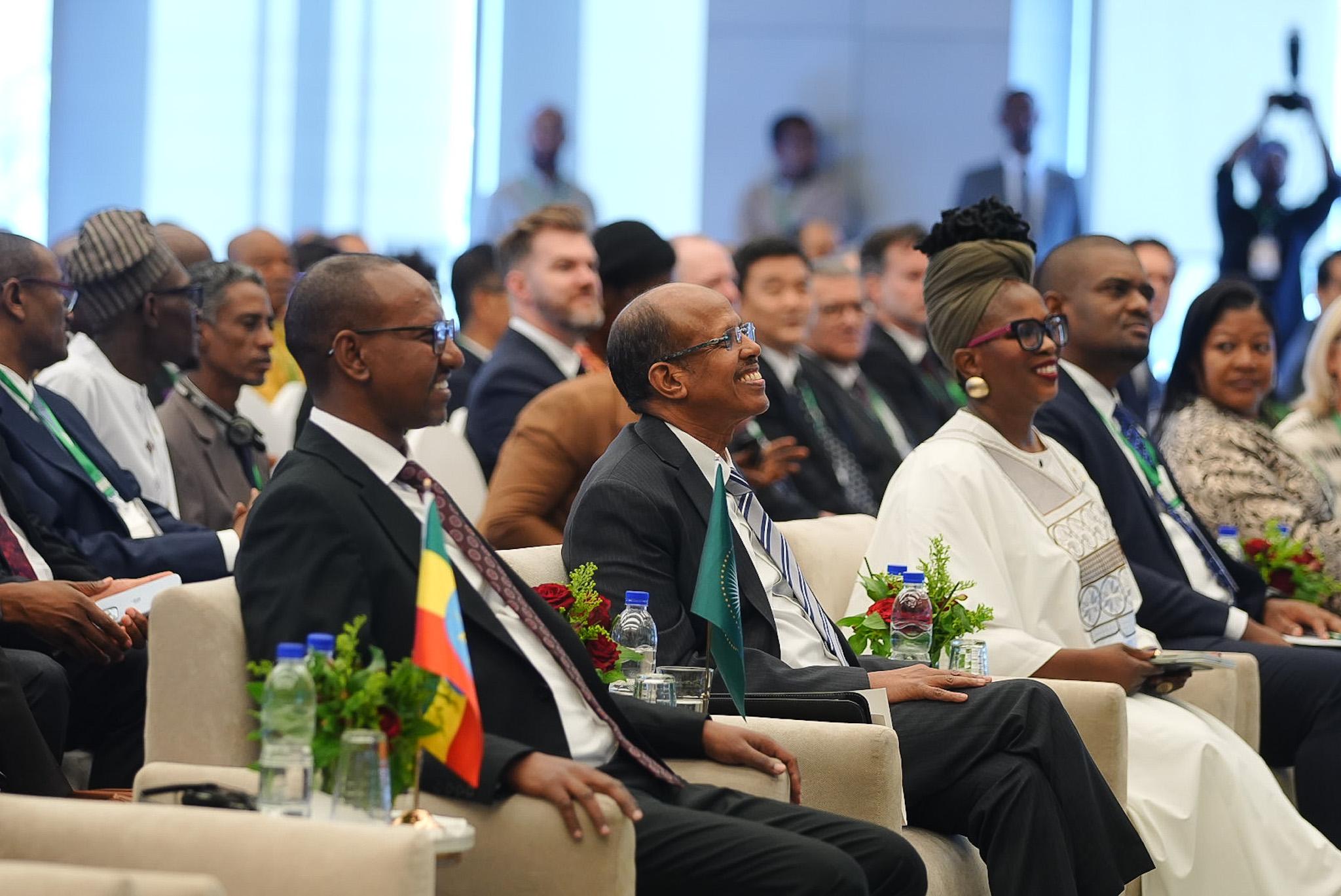
By Kestér Kenn Klomegâh
Africa stands at the cusp of a transformative digital revolution. With the expansion of mobile connectivity, internet penetration, digital platforms, and financial technology, the continent’s digital economy is poised to become a significant driver of sustainable development, intra-Africa trade, job creation, and economic inclusion.
The African Union’s Agenda 2063, particularly Aspiration 1 (a prosperous Africa based on inclusive growth and sustainable development), highlights the importance of leveraging technology and innovation. The implementation of the African Continental Free Trade Area (AfCFTA) has opened a new chapter in market integration, creating opportunities to unlock the full potential of the digital economy across all sectors.
Despite remarkable progress, challenges persist. These include limited digital infrastructure, disparities in digital literacy, fragmented regulatory frameworks, inadequate access to financing for tech-based enterprises, and gender gaps in digital participation. Moreover, Africa must assert its digital sovereignty, build local data ecosystems, and secure cyber-infrastructure to thrive in a rapidly changing global digital landscape.
Against this backdrop, the 16th African Union Private Sector Forum provides a timely platform to explore and shape actionable strategies for harnessing Africa’s digital economy to accelerate intra-Africa trade and sustainable development.
The 16th High-Level AU Private Sector forum is set to take place in Djibouti, from the 14 to 16 December 2025, under the theme “Harnessing Africa’s Digital Economy and Innovation for Accelerating Intra-Africa Trade and Sustainable Development”
The three-day Forum will feature high-level plenaries, expert panels, breakout sessions, and networking opportunities. Each day will spotlight a core pillar of Africa’s digital transformation journey.
Day 1: Digital Economy and Trade Integration in Africa
Focus: Leveraging digital platforms and technologies to enhance trade integration and competitiveness under AfCFTA.
Day 2: Innovation, Fintech, and the Future of African Economies
Focus: Driving economic inclusion through fintech, innovation ecosystems, and youth entrepreneurship.
Day 3: Building Policy, Regulatory Frameworks, and Partnerships for Digital Growth
Focus: Creating an enabling environment for digital innovation and infrastructure through effective policy, governance, and partnerships.
To foster strategic dialogue and action-oriented collaboration among key stakeholders in Africa’s digital ecosystem, with the goal of leveraging digital economy and innovation to boost intra-Africa trade, accelerate economic transformation, and support inclusive, sustainable development.
* Promote Digital Trade: Identify mechanisms and policy actions to enable seamless cross-border digital commerce and integration under AfCFTA.
* Foster Innovation and Fintech: Advance inclusive fintech ecosystems and support innovation-driven entrepreneurship, especially among youth and women.
* Policy and Regulatory Harmonization: Build consensus on regional and continental digital regulatory frameworks to foster trust, security, and interoperability.
* Encourage Investment and Public-Private Partnerships: Strengthen collaboration between governments, private sector, and development partners to invest in digital infrastructure, R&D, and skills development.
* Advance Digital Inclusion and Sustainability: Ensure that digital transformation contributes to environmental sustainability and the empowerment of marginalized communities.
The AU Private Sector Forum has held several forums, with key recommendations. These recommendations provide valuable insights into the challenges and opportunities facing the African private sector and offer guidance for policymakers on how to support its growth and development.
World
Russia’s Lukoil Losses Strategic Influence Across Africa
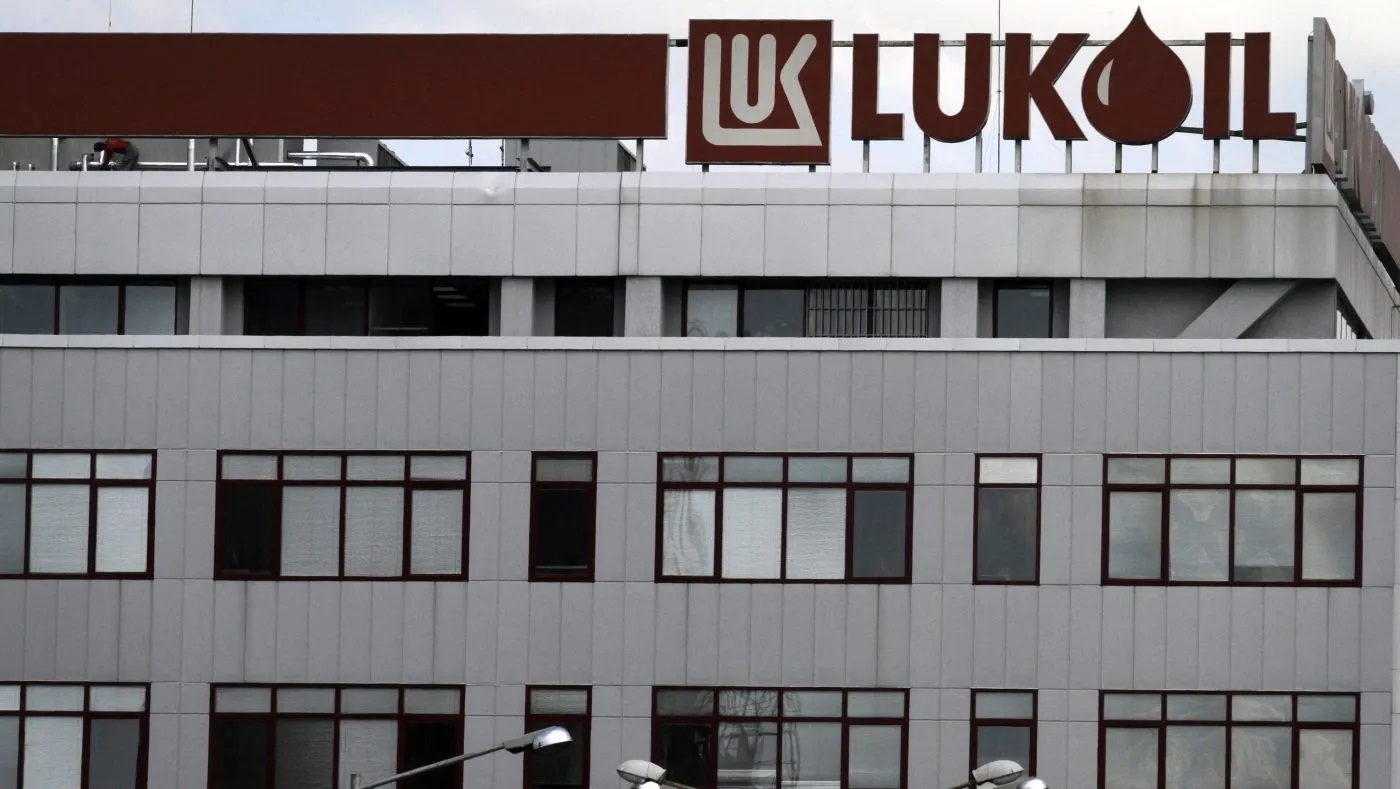
By Kestér Kenn Klomegâh
Lukoil, Russia’s energy giant, has seriously lost its grounds across Africa, due to United States sanctions. Sanctions have complicated the company’s potential continuity in operating its largest oil field projects, grappling its investment particularly in Republic of Ghana, Democratic Republic of Congo, and Federal Republic of Nigeria.
Reports indicated the sanctions are further dismantling most of Lukoil’s operations, causing significant staff layoffs in its offices worldwide. For instance, Lukoil’s significant upstream operations in the Middle East include a 75% stake in Iraq’s West Qurna 2 oilfield and a 60% stake in Iraq’s Block 10 development. In Egypt, the company holds stakes in various oilfields alongside local partners.
Lukoil has until December 13, 2025, to negotiate the sale of most of its international assets, including those in Asia, Africa and Latin America. It has already terminated several important agreements that were signed with international partners due to difficulties in circumventing the sanctions.
Reports said calculated efforts to diversify exploration business relations is turning extremely complex, and current at the cross-roads, Lukoil will have to ultimately give up existing contracts and agreements it had signed with external countries.
Lukoil’s website reports also pointed to reasons for abandoning oil and gas exploration and drilling project that it began in Sierra Leone. According to those reports, Lukoil could withdraw from almost all of the projects in West Africa.
In addition to geopolitical sanctions, technical and geographical hitches, Lukoil noted on its website, an additional obstacles that “the African leadership and government policies always pose serious problems to operations in the region.” Similarly, the Kremlin-controlled Rosneft abandoned its interest in the southern Africa oil pipeline construction, negatively impacted on Angola, Mozambique, South Africa and Zimbabwe.
United States sanctions has hit Lukoil, one of the Russia’s biggest oil companies, like many other Russian companies, that has had a long history shuttling forth and back with declaration of business intentions or mere interests in tapping into oil and gas resources in Africa.
-

 Feature/OPED6 years ago
Feature/OPED6 years agoDavos was Different this year
-
Travel/Tourism9 years ago
Lagos Seals Western Lodge Hotel In Ikorodu
-

 Showbiz3 years ago
Showbiz3 years agoEstranged Lover Releases Videos of Empress Njamah Bathing
-

 Banking7 years ago
Banking7 years agoSort Codes of GTBank Branches in Nigeria
-

 Economy3 years ago
Economy3 years agoSubsidy Removal: CNG at N130 Per Litre Cheaper Than Petrol—IPMAN
-

 Banking3 years ago
Banking3 years agoFirst Bank Announces Planned Downtime
-

 Banking3 years ago
Banking3 years agoSort Codes of UBA Branches in Nigeria
-

 Sports3 years ago
Sports3 years agoHighest Paid Nigerian Footballer – How Much Do Nigerian Footballers Earn







